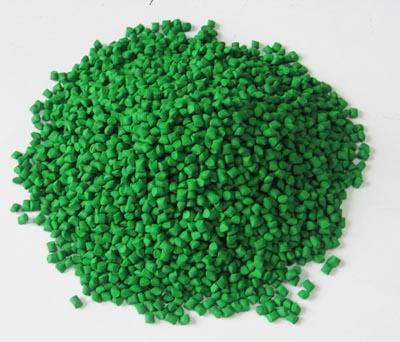Improving the compatibility between defoamers and green building materials is an important step in ensuring stable performance and environmental performance standards of green building materials. Different types of defoamers have differences in chemical composition, physical properties, and application characteristics, so it is necessary to choose defoamers with good compatibility based on the specific composition and processing conditions of green building materials. For example, water-based defoamers have become a commonly used type of defoamer in green building materials due to their easy dispersion in water, good compatibility, and minimal environmental impact.

By adjusting the formula of defoamers, their compatibility with green building materials can be improved. Specifically, the proportion of certain components can be increased or decreased, or some compatibility promoters can be introduced to improve the stability and dispersibility of defoamers in green building materials. This requires extensive experimentation and testing to determine the optimal formula ratio and dosage.
The addition method and process conditions of defoamers also have a significant impact on their compatibility with green building materials. For example, changing the timing and method of addition, such as adding defoamers in the early stages of green building material preparation and maintaining them under high-speed dispersion conditions for a period of time, can help defoamers better integrate into the system. In addition, adjusting processing conditions such as temperature, pressure, etc. can also affect the performance of defoamers, thereby improving their compatibility with green building materials.
Before applying defoamers to green building materials, compatibility testing should be conducted in advance. This can be achieved by mixing defoamers with green building material samples in a certain proportion and observing their physical and chemical changes. During the testing process, attention should be paid to whether there are any phenomena such as precipitation, stratification, discoloration, etc., and whether these changes will have a negative impact on the performance of green building materials.
With the continuous development of green building materials technology, the requirements for compatibility between defoamers and green building materials are also constantly increasing. Therefore, it is necessary to continuously strengthen research and innovation, and develop new defoamers that are more environmentally friendly, efficient, and compatible with green building materials. This can be achieved through collaboration with research institutions, universities, and other organizations to jointly carry out technology research and development and result transformation.
When selecting and using defoamers, it is also necessary to pay attention to relevant regulations and certification requirements. For example, some countries and regions have strict restrictions and regulations on additives in green building materials, and defoamers must meet these requirements in order to be allowed to be used. Therefore, when choosing defoamers, it is necessary to fully understand and comply with relevant regulations and certification requirements to ensure the legality and compliance of the product.
In summary, improving the compatibility between defoamers and green building materials requires starting from multiple aspects, including selecting suitable types of defoamers, optimizing formula design, improving addition methods and process conditions, conducting compatibility testing in advance, strengthening research and innovation, and paying attention to regulatory and certification requirements. These measures will help improve the performance stability and environmental performance of green building materials, and promote the sustainable development of the green building materials industry.

 English
English
 Chinese
Chinese Vietnamese
Vietnamese
 HOME
HOME
 PRODUCT
PRODUCT
 NEWS
NEWS
 CONTACT
CONTACT


